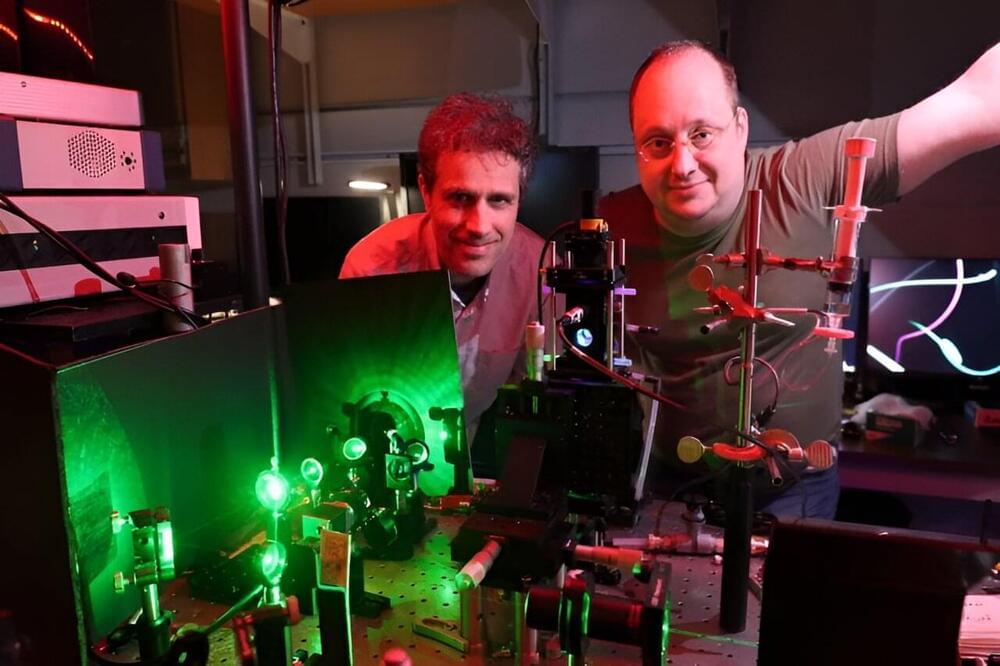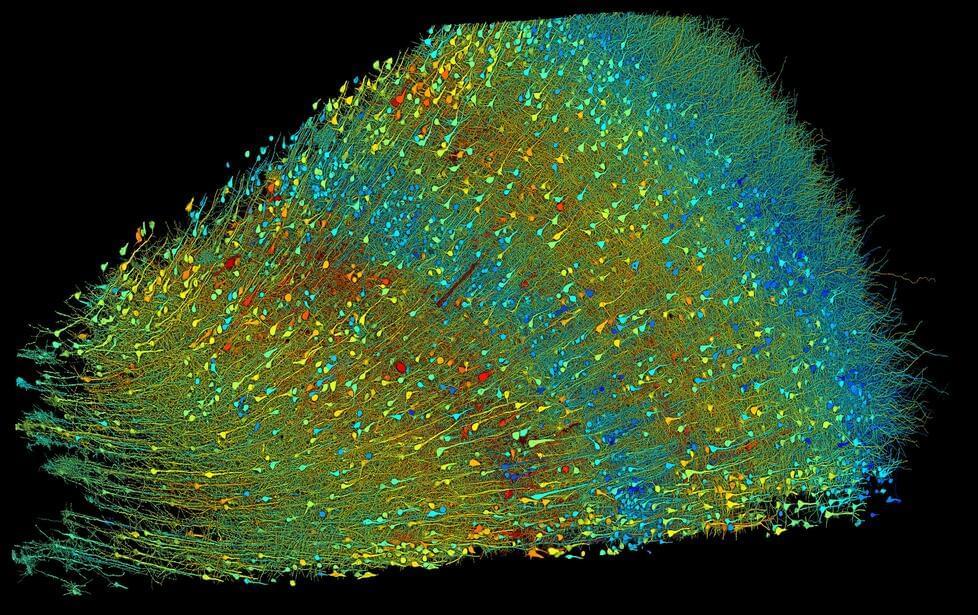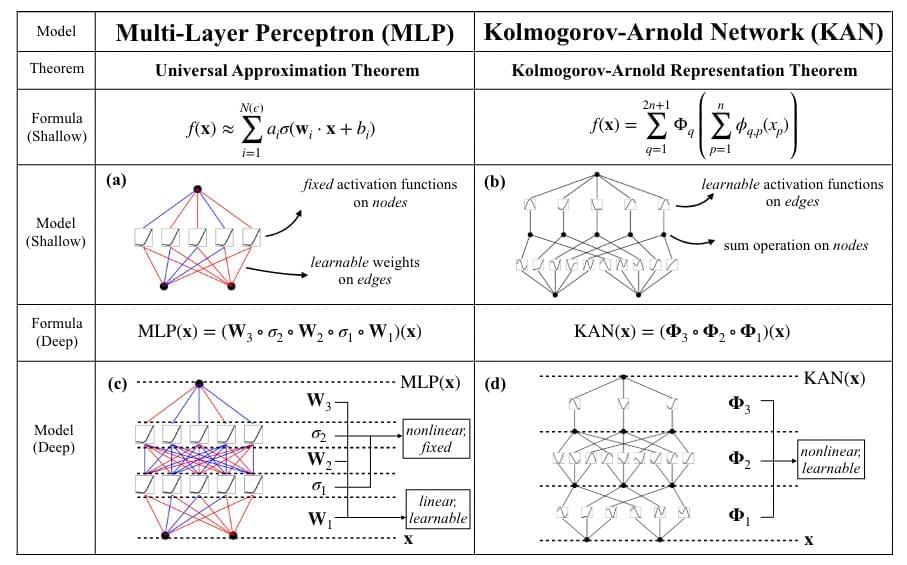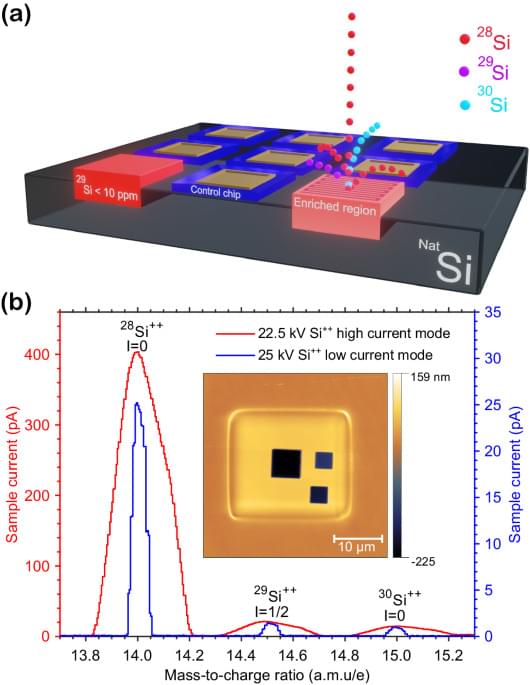For our final feature celebrating Women’s History Month, we interviewed Chiara Bartolozzi, a senior researcher moving the needle in neuromorphic engineering.
Every year for Women’s History Month, All About Circuits spotlights the contributions of distinguished women engineers worldwide. For this article, we interviewed Chiara Bartolozzi, a senior researcher and neuromorphic chip expert at the Italian Institute of Technology (IIT).
Since earning a degree in engineering from the University of Genova and a Ph.D. in neuroinformatics from ETH Zurich, Bartolozzi has led important research in neuromorphic engineering. She also helped design iCub, a toddler-sized humanoid robot developed at IIT that serves as a robotics testbed worldwide.









